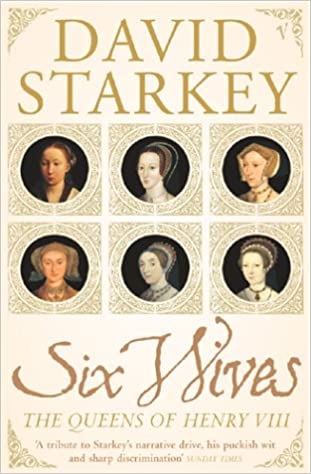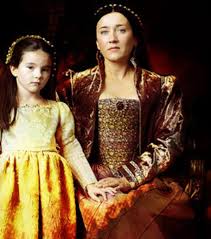
Let’s be honest: lockdown sucks! But it does mean there’s more time for reading. Over the next couple of weeks, I will review 10 books which all Royal History Geeks should add to their reading list.
“Divorced, beheaded, died. Divorced, beheaded, survived.”
That’s about the sum of Tudor history I picked up at school. Against the backdrop of a blackboard, a cold classroom and an uninspired teacher, the history of England seemed about as exciting as a wet weekend in Brighton.
But years later I would learn the truth. That I was lucky enough to inhabit an island brimming with a history of drama that even fiction writers would be unable to fabricate. A big part of that realisation begun when, before a long train journey, I purchased a copy of the intrepid ‘Six Wives’ by David Starkey.
Starkey – as many will know – has an academic background. The book is dense with research. But there is not a dry paragraph in this 795-page epic. I have read three collective biographies of the six Tudor Queens. Starkey’s is the most readable. Combining wit and a touch of sass with well-formed sentences and colourful language, the book is as gripping as a thriller.
The early pages follow Katherine of Aragon as she sets sail for a new life in England and marriage to Arthur, Prince of Wales. It takes us through her destitute widowhood and her ultimate triumph upon marriage to the 18-year-old Henry VIII. We explores her active role in government and regency of England before her marriage is doomed by a failure to produce a son, a prickling of the King’s conscience and the rise of Anne Boleyn.
The King’s ‘great matter’ (the divorce of Katherine and marriage to Anne) dominates the next section of the book. Henry’s second Queen emerges as a wily and aggressive manipulator. But Starkey is not without sympathy. He is clear that she is not guilty of the crimes she loses her head for. And, unlike some historians, he is not prepared to let Henry off the hook.
Jane Seymour emerges. Jane Seymour gives birth. Jane Seymour dies. Anne of Cleves and Katherine Howard both give the reader an interesting interlude. The book concludes with Katherine Parr, the canny reformer who published books, kept her head and briefly ruled England.
Starkey has shown great wisdom in the tome’s structure. Implicitly he accepts that each Queen is not equal in significance. Jane Seymour’s legacy is essentially confined to one act of childbirth. Anne of Cleves and Katherine Howard are marginal in their impact. The intellectual Starkey holds a torch for blue stocking Katherine Parr. But it is Katherine of Aragon and Anne Boleyn who shaped the character of Henry, his actions as king and the fate of the nation. Together they claim 73% of the book’s content.
Starkey is surely right to devote the bulk of the book to the first two Queen’s. But as a result, the rest of the reigns feel a little like a flash in the pan. But then, this is probably how they felt to contemporaries.
Because of the strong narrative, colourful language and modern colloquialisms, Starkey’s work has attracted criticism from other academics. No doubt some of it is valid – though we must be mindful of the presence of the green-eyed monster. But it is through writing in this accessible and compelling manner that Starkey and others have rescued the stories of Henry’s wives from the doldrums of the classroom. They have inspired documentaries, historical fiction and other popular biographies.
These women played their part in shaping our history. Thanks to books like ‘Six Wives’, a popular appreciation of their significance continues to grow.
Six Wives, the Queens of Henry VIII, is available from Amazon.
However, please consider supporting your local book seller. If you are based in the UK, search for your local book seller at the Book Seller Associations website.
Subscribe to our newsletter!
